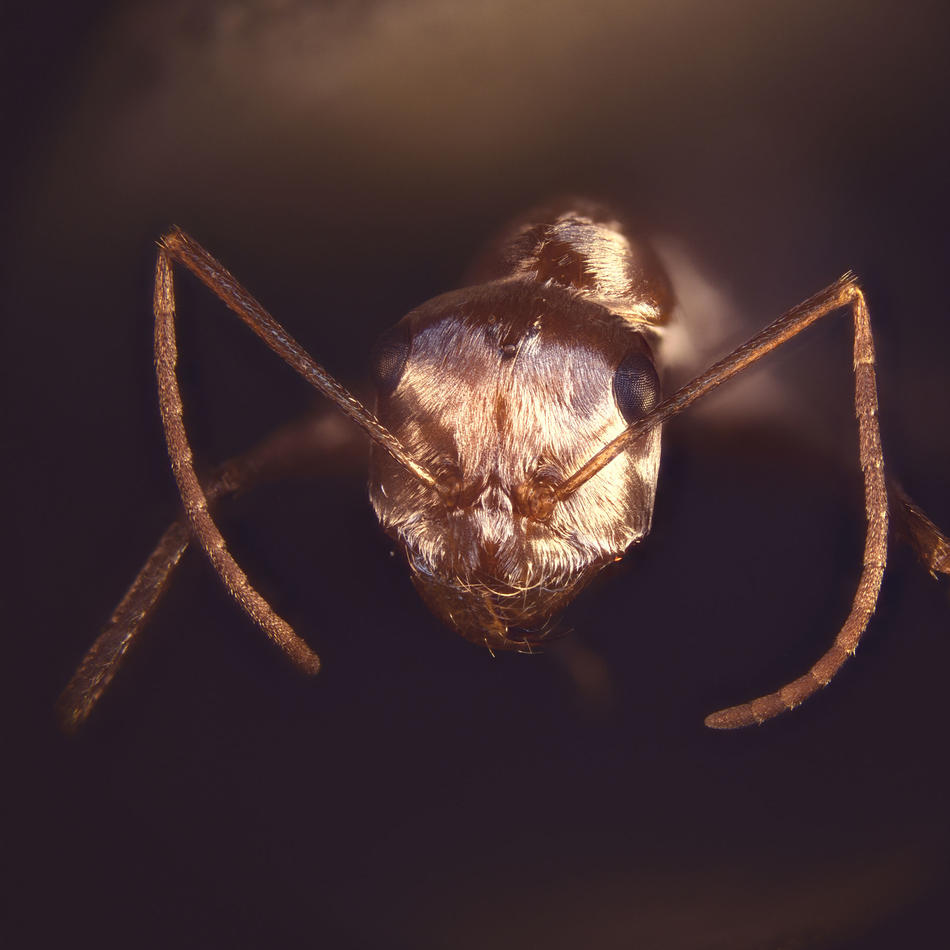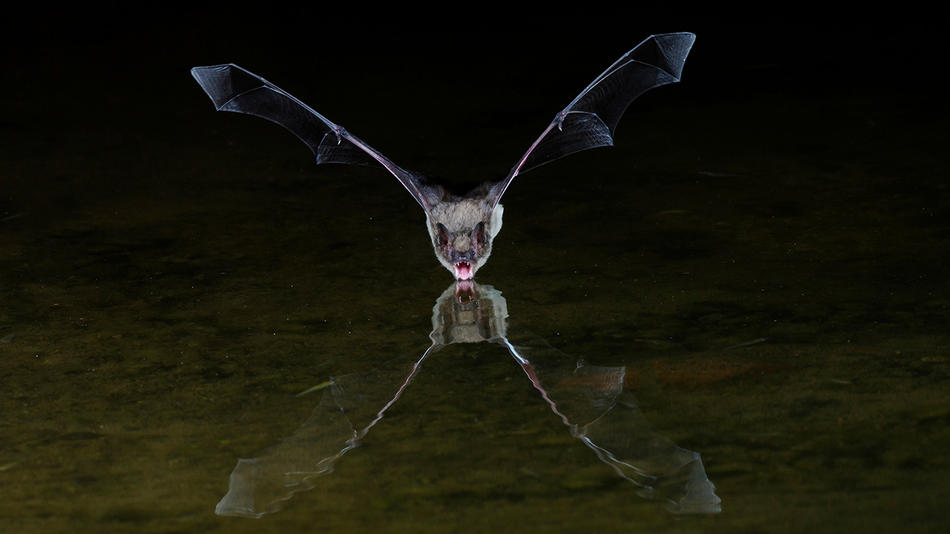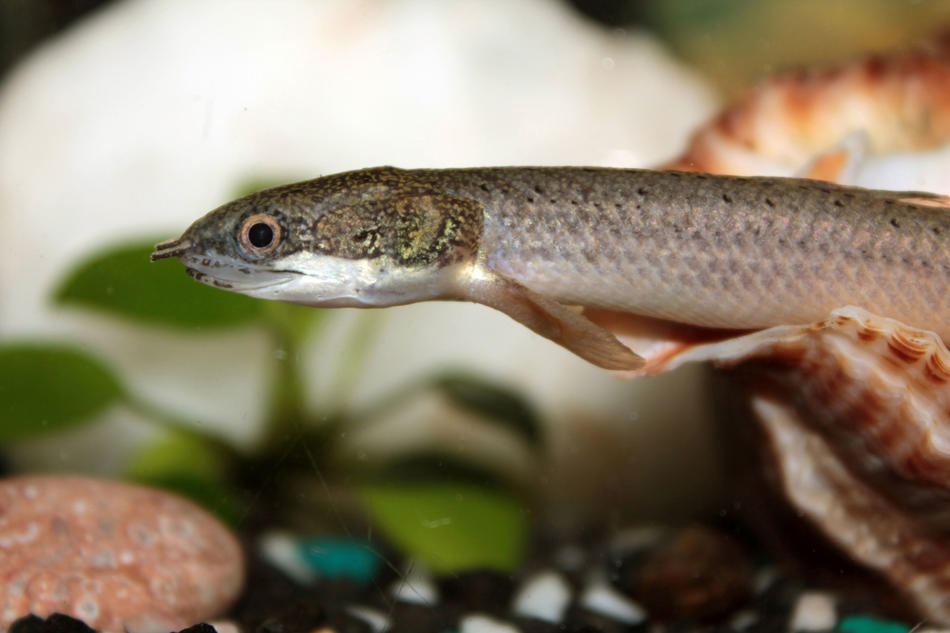They are among our best engineers: Saharan silver ants, big brown bats, and dinosaur eels. Like many animals that evolved in extreme environments, they possess extraordinary physiological traits — traits that Columbia researchers are now studying for clues to solving complex scientific and engineering problems.
The Saharan Silver Ant
This insect’s ability to withstand desert temperatures of up to 150 degrees Fahrenheit has long intrigued scientists. Nanfang Yu, an applied physicist at Columbia Engineering, recently discovered a key to the ant’s tolerance: its silver hairs are triangularly shaped and corrugated, which makes them remarkably effective at both deflecting sunlight and diffusing body heat. Yu’s research team used high-powered microscopes to examine the hairs. The researchers then ran computer simulations to assess the effects of the ant’s fuzzy coat, ultimately concluding that it lowers the ant’s body temperature by as much as ten degrees. Yu and his colleagues are now designing synthetic materials with similar cooling properties. “Polymer fibers of the same shape could be used to create cooling surfaces on vehicles, buildings, computers, and even clothing,” says Yu, whose research appeared in the journal Science.
The Big Brown Bat
This master of night flight has been studied extensively for its ability to echolocate when hunting in the dark. But the big brown bat has another remarkable skill: it can quickly change direction in midair, which helps it catch insects. This spring, a team of Columbia scientists, working with colleagues at Johns Hopkins University and the University of Maryland, became the first to describe how microscopic hairs on the inside of the bats’ wings enable its aerial acrobatics. The scientists found that the hairs monitor airflow with exquisite precision, triggering continuous adjustments in wing position and flight path. They say that their research, in addition to contributing basic insights about the bat’s sense of touch and nervous system, could have implications for aircraft design.
“An airplane with computerized sensors that mimic those on the bats’ wings could be more responsive and agile than anything now in the sky,” says Ellen Lumpkin, a Columbia biophysicist who coauthored the study, which appeared in the journal Cell Reports. “Biology has solved the problem of how to make a small maneuverable aircraft simply.”
The Dinosaur Eel
A nearly one-hundred-million-year-old species also known as the Senegal bichir, this slow-moving fish swims among much swifter and more aggressive fish in estuaries throughout West Africa. The secret to its survival? Its scales are composed of several layers of nanoscale materials that interlock in such a way as to make the fish almost impenetrable to bites.
Mary C. Boyce, the dean of Columbia’s engineering school, has studied the mechanical properties of the dinosaur eel’s and other sea creatures’ body armor. She is particularly interested in how their scales achieve penetration-resistance strength without sacrificing flexibility — a quality she thinks can be mapped onto the design of protective suits for soldiers and emergency personnel. This year, she and collaborators at MIT and the Technion–Israel Institute of Technology published a paper in the journal Soft Matter demonstrating how existing polymers could be combined to make a new type of material inspired by the fish scales. The material would be lightweight, flexible, and bulletproof. The engineers say it could be useful in making robots and prostheses, as well as protective garments.
“Nature is an incredible laboratory,” says Boyce. “When a design has been evolving and working for millions of years out in the wild, it’s helpful to explore why that is, and to see whether we can learn and borrow from it.”





